In this issue…
Drinks of the Week
Accompaniments
Because You Asked…
Drinks of the Week
I was looking for a cocktail using something other than Gin for all you non-gin drinkers out there. I wanted something summery and different as well. Like all classic cocktails the Daiquiri has a great history. Alcohol has had such an impact on our culture and I love studying the history of drinks. No matter where you start with the history of the Daiquiri the drink originated in Cuba with a guy named Jennings Stockton Cox (it obviously didn’t get its name from him). Jennings was an American mining engineer working in the Cuban iron mines after the American victory in the Spanish-American War. Story goes Jennings was entertaining guests from the mainland and ran out of gin (sorry can’t keep gin out of this) but he had a hefty ration of local Bacardi Carta Blanca Rum, so he mixed the rum with lime juice and sugar, thus creating the Daiquiri. The name came from the small village of Daiquiri (about 14 miles east of Santiago de Cuba and a focal point of the U.S. invasion). The first time the cocktail shows up in a cocktail guide is 1914 in Drinks, by Jacques Straub.
These Daiquiris were shaken, not like the current day cocktails mixed in the proverbial “Slurpee” machine. I did blend mine in the blender with shaved ice (large cubes of ice won’t give you that snow look).
I do love to research the story behind classic cocktails so leave a comment below and let me know which one you want to know about.
I gave up drinking…now I research!!! ~~Kay
DAIQUIRI (Frozen)
3 ounces white Rum
3 ounces fresh squeezed lime juice
1 1/2 ounces simple syrup
0.05 ounces Patron Citronge (orange liqueur)
Ice for blending. (Use shaved ice, or something like Sonic ice, it blends up like snow).
Glass: Chilled coupe
Garnish: Lime wheel or wedge
Place Rum, lime juice, Patron Citronge and simple syrup in the blender. Fill the blender with ice and blend on high until the the drink is like snow. Add more ice if needed, you should be able to spoon it out. Fill a chilled coupe and garnish with lime wheel or wedge.
Okay, so this one has gin but, the Ramos Gin Fizz is a cocktail with an interesting history and I’ve been wanting to try it. The drink was invented by Henry C. Ramos, a New Orleans bar owner in 1888. Ramos himself was not a drinker but he’d opened the Imperial Cabinet Saloon as a business venture. The drink was originally called a New Orleans Fizz. Many consider it a hangover cure.
During Mardi Gras in 1915 the cocktail was so popular that Ramos had to employ 35 bartenders (called shaker boys) to keep up with the demand. The original recipe stipulated that the cocktail must be shaken for 12 minutes before serving. The bartenders would rotate in a kind of relay line, passing the shaker from person to person.
Louisiana governor, Huey P. Long, was so fond of the drink that in 1935 he brought bartender Sam Guarino from the Roosevelt Hotel in New Orleans to the New Yorker Hotel in NYC to teach the staff how to make a Ramos Gin Fizz so he could enjoy the cocktail when he was in New York.
The Ramos Gin Fizz is still a much-requested drink in New Orleans
The cocktail gained in popularity in the late 60s, especially on the west coast. I hear that at that time there may have been blenders involved and I’m going to check out that rumor. With or without the blender it’s such a labor-intensive drink that it’s easy to understand why it’s fallen out favor today.
That said, I made one for brunch on Sunday. My first attempt wasn’t quite right but the second try, using a recipe from PDT (check out the book here) made me understand the popularity of the Ramos Gin Fizz. ~~Lynda
Ramos Gin Fizz
2 oz. Beefeater Gin
.75 oz. Heavy Cream
.75 oz. Simple Syrup
.5 oz Lime Juice
.5 oz. Lemon Juice
5 drops Orange Flower Water**
1 Egg White
Dry shake (without ice) for 5-7 seconds, then add ice and shake for 10-13 seconds more.
Strain into chilled collins glass and top with Club soda.
** Orange Flower Water is very perfume-y. I used only a drop and it was plenty for my taste.
Accompaniments
Since the Ramos Gin Fizz is usually considered a brunch drink, I’m including one of our favorite brunch recipes, Pecan Waffles.
Buttermilk Pecan Waffles (recipe adapted from SACO Food Recipes)
1 cup all-purpose flour
1 tsp baking powder
1/2 tsp baking soda
1/4 SACO Cultured Buttermilk Blend (this is a powder and very convenient for baking if you don’t always have fresh buttermilk on hand)
1/4 tsp salt
1 tsp granulated sugar
1 egg
1 cup water
3 Tblsp butter, melted
3/4 cup chopped pecans
Mix dry ingredients in a large mixing bowl. In small bowl beat egg until thick, add water and melted butter. Add the wet ingredients to dry ingredients and beat until smooth. Stir in pecans. Preheat waffle iron and follow manufacturer’s instructions for baking waffles. Serve with warm maple syrup and more butter.
Because You Asked…
The question: “Why is a Moscow Mule called a Moscow Mule?”
John Martin, head of G.F. Heublein & Brothers (a food and spirits importer) bought the U.S. rights to the French Smirnoff brand in 1939 but vodka was not popular in America. He was having trouble selling the stuff. One afternoon he went to visit his friend, Jack Morgan, owner of the Cock ‘n’ Bull in L.A. They commiserated—Morgan had an excess of ginger beer and no one wanted to drink that either.
In one version of the history of the Moscow Mule, the third collaborator is just an unnamed businessman who happens to be in the bar. He’s having trouble moving a load of copper mugs. In a more interesting version, the businessman isn’t a man at all but Sophie Berezinski. Sophie was a Russian immigrant who came to the U.S. with 2,000 copper mugs. According to this version of the history, her father owned a copper factory—The Moscow Copper Co.—and Sophie came to America to find a way to sell the copper mugs she’d designed. Her husband, tired of the mugs cluttering up the house, issued an ultimatum one day. She had to sell the mugs or he would get rid of them.
As luck would have it, Sophie walked into the Cock ‘n’ Bull that afternoon and the Moscow Mule was born. Now, is this the true story? John Martin and Jack Morgan are certainly real and the story makes sense. I found the story of Sophie Berezinski on the web site of The Moscow Copper Co. https://moscowcopper.com/ Of course they manufacture copper mugs.
As to the reason for the name, most people agree it’s Moscow because of the Russian connection and, if the Moscow Copper Co. is correct, perhaps for the manufacturer of the mugs. There’s no record of where the “mule” comes from but speculation is that ginger beer added a “kick” and so the vodka and ginger beer cocktail served in a copper mug became the Moscow Mule. ~~Lynda
Moscow Mule
1.5 oz Smirnoff Vodka
1 oz. Ginger Beer (Stolichnaya makes a good ginger beer)
1 oz. Simple Syrup (I find the drink sweet enough without this addition)
3/4 oz. freshly squeezed lime juice
Add ingredients to a copper mule mug filled with ice and stir.
Hope you enjoyed our stories and the cocktails that go with them. As always, thanks for reading and be sure to let us know if you try a cocktail or have one you want to learn more about.
**Some of the links in this blog may be affiliate links, meaning, at no additional cost to you, we will earn a commission if you click through and make a purchase.
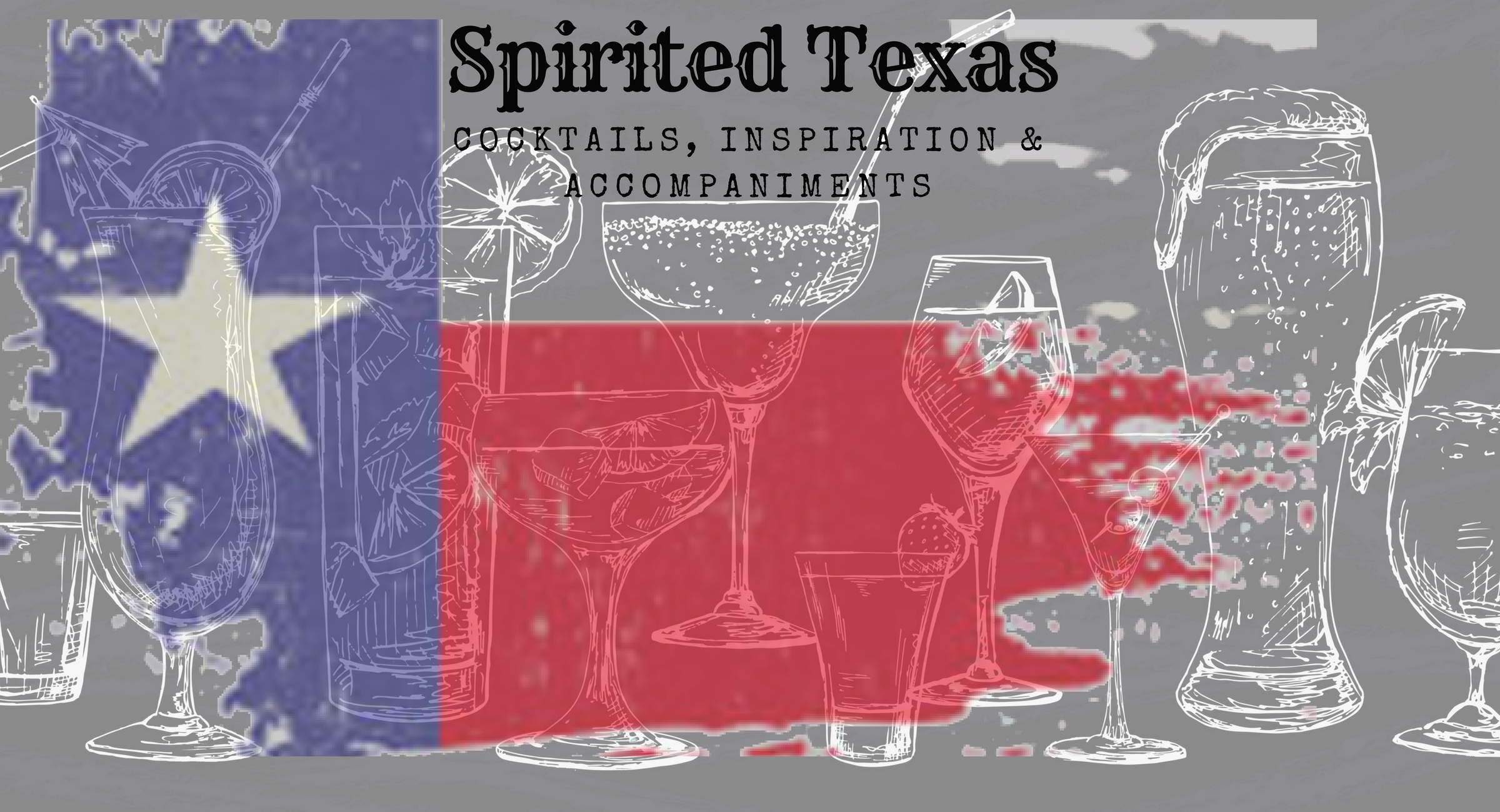
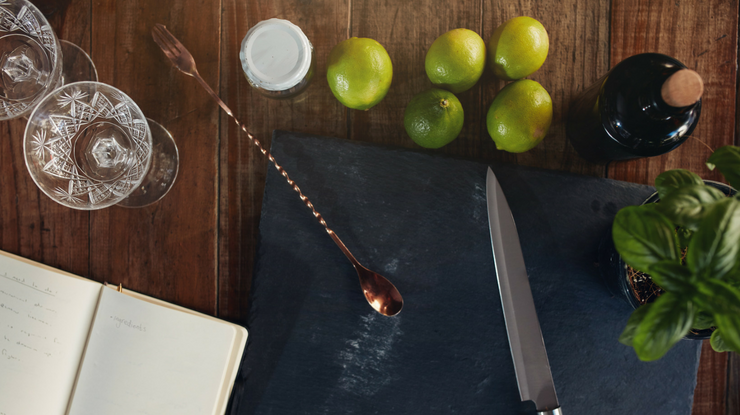
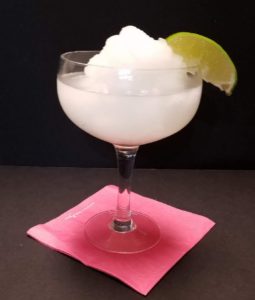
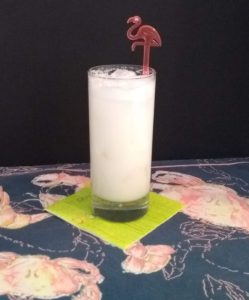
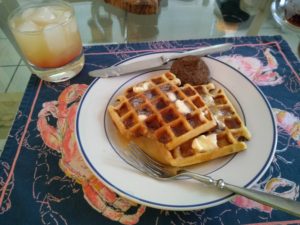
Hi Lynda and Kay,
Thanks for all of the history about the drinks. It’s good to know the back story. I think that I will try the daiquiri in its original shaken form. The fin fizz sounds really interesting. The waffles sound fantastic. I may need brunch soon!
Hi Dottie,
A little late getting back to you here. Glad you enjoyed the history. We both love reading the history of drinks. As for the waffles, there’s a great book you might enjoy. It’s called Will it Waffle and includes recipes for all kinds of waffles (https://amzn.to/2xvyMsP). Some of them will surprise you!